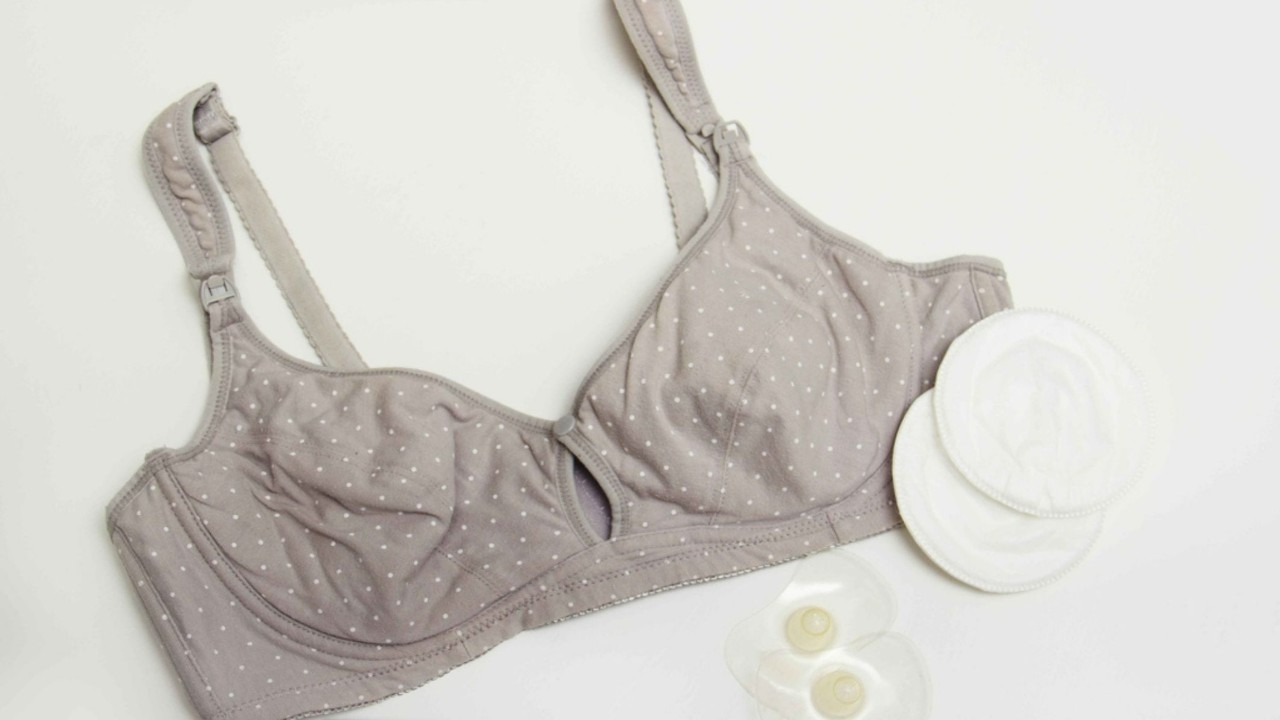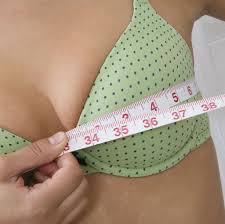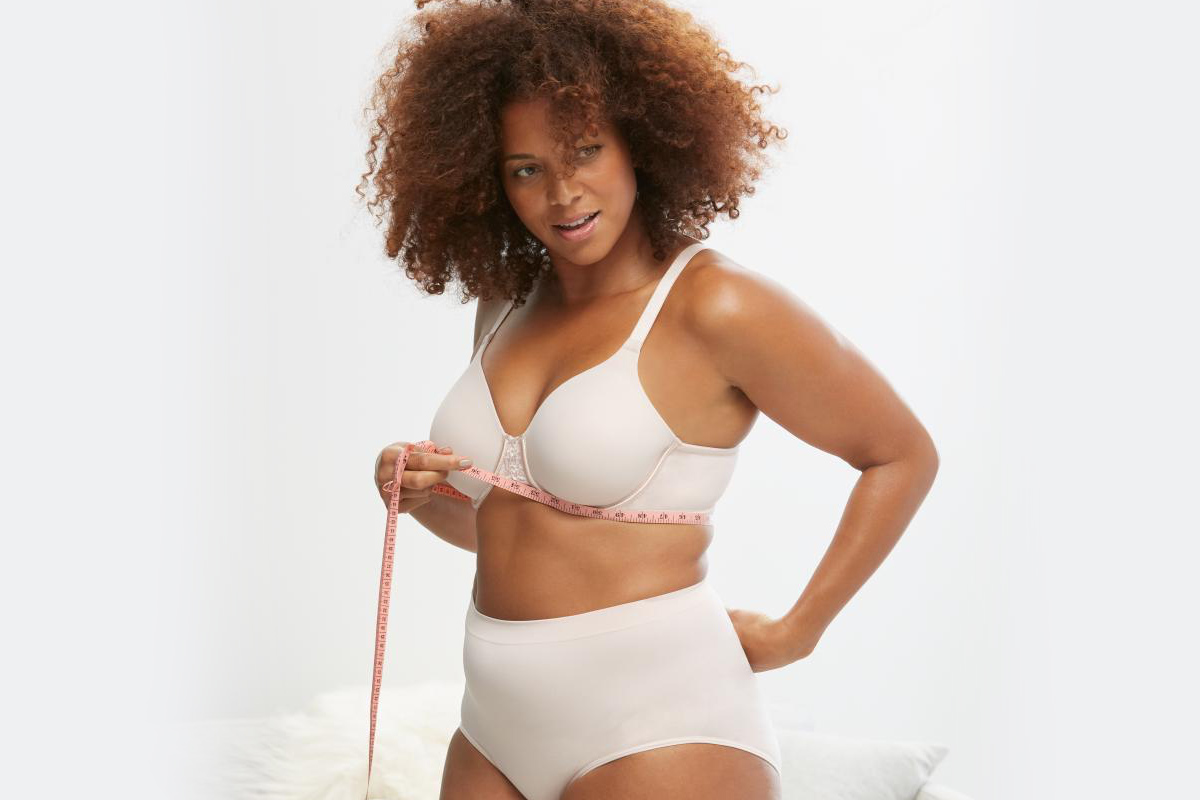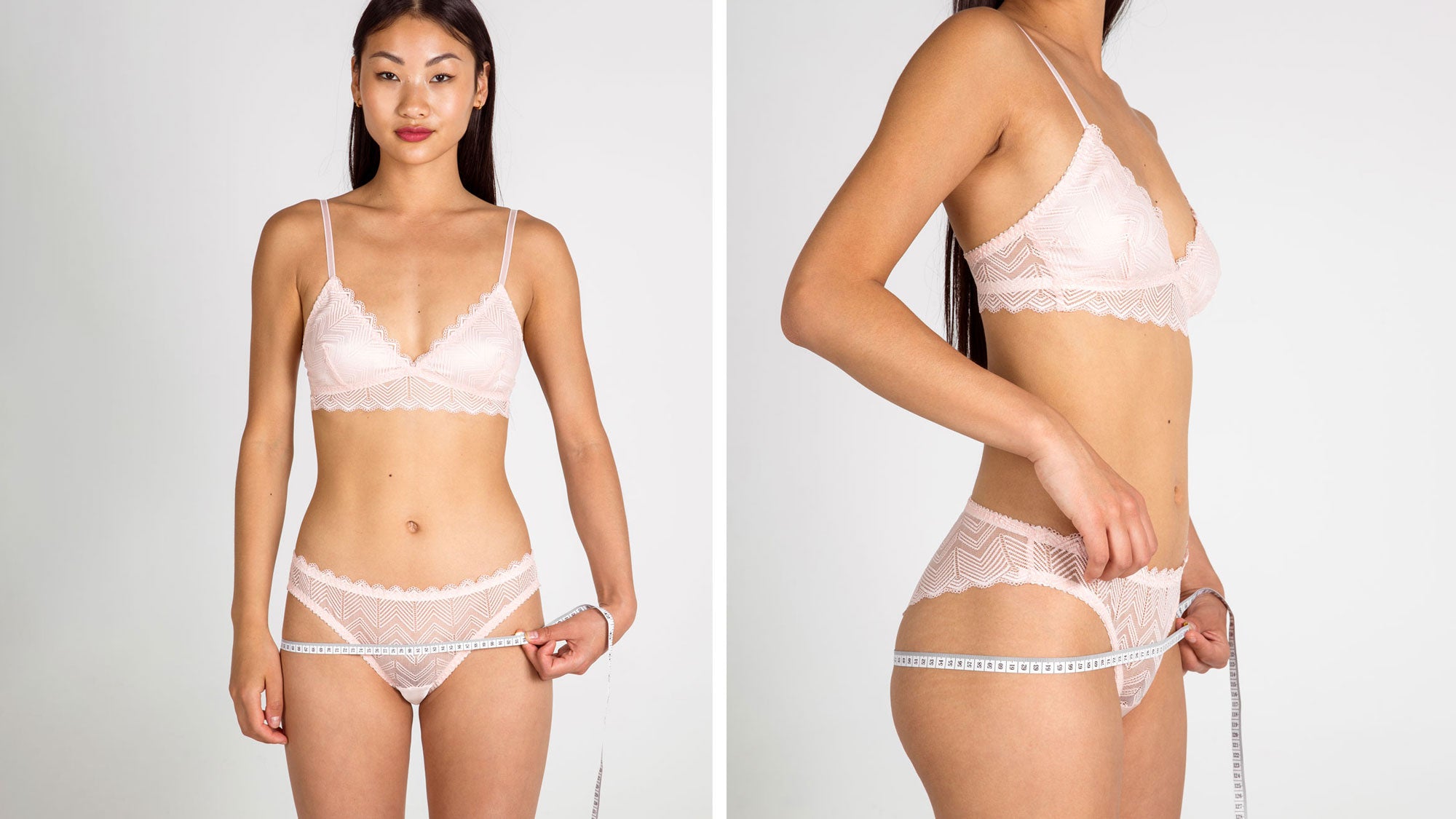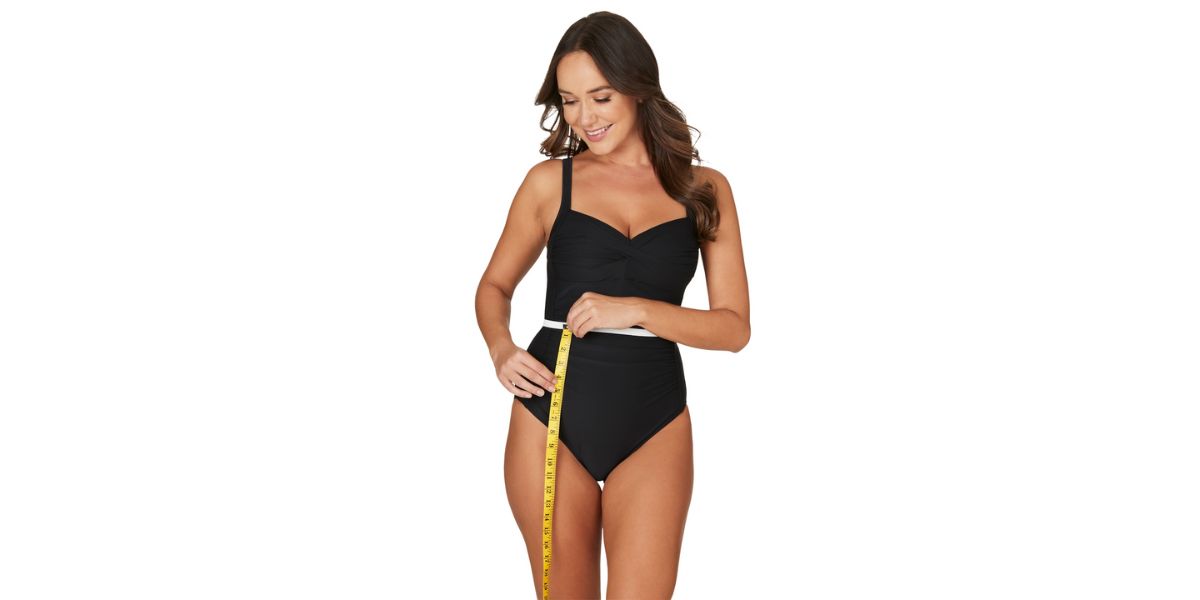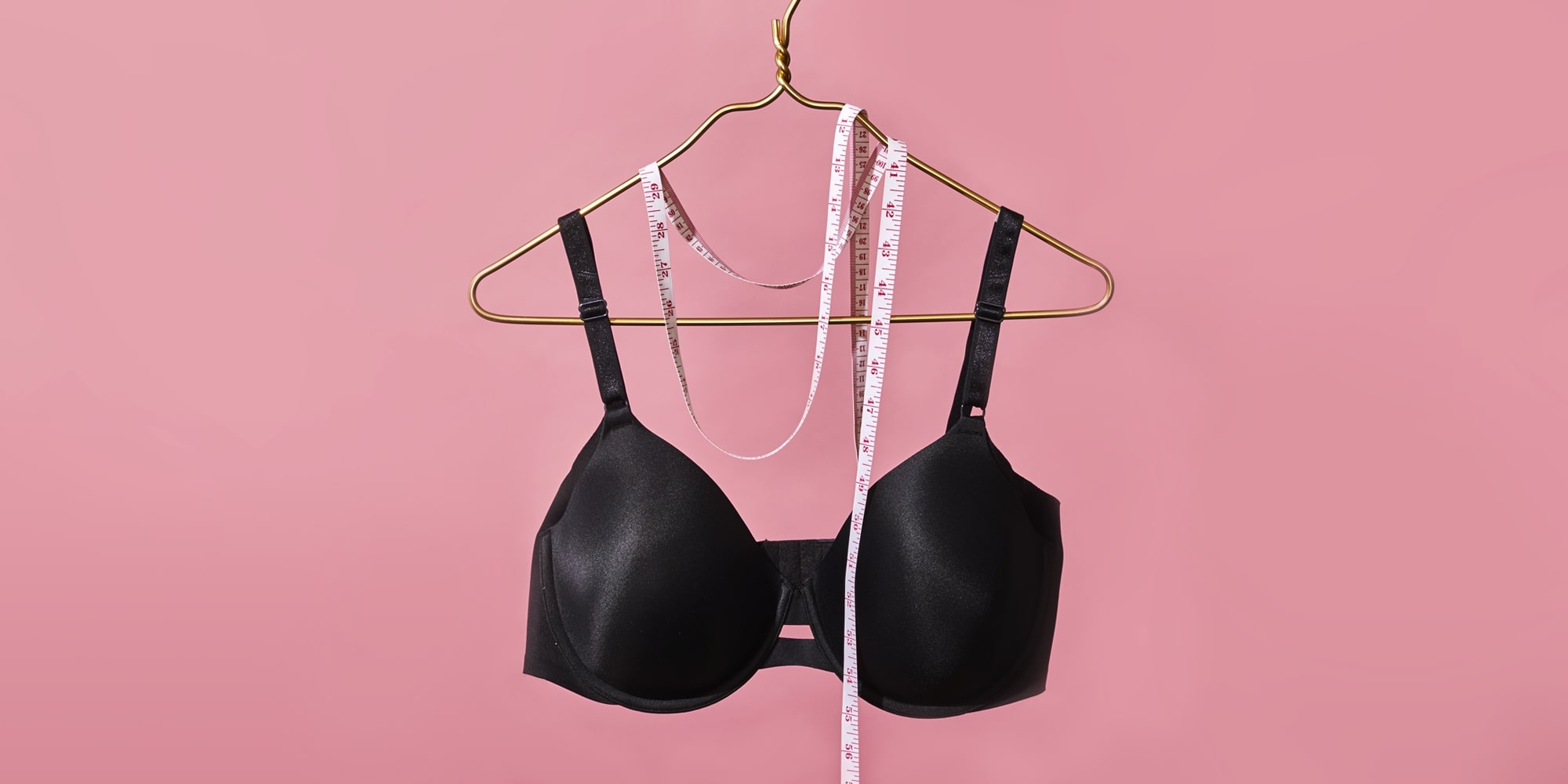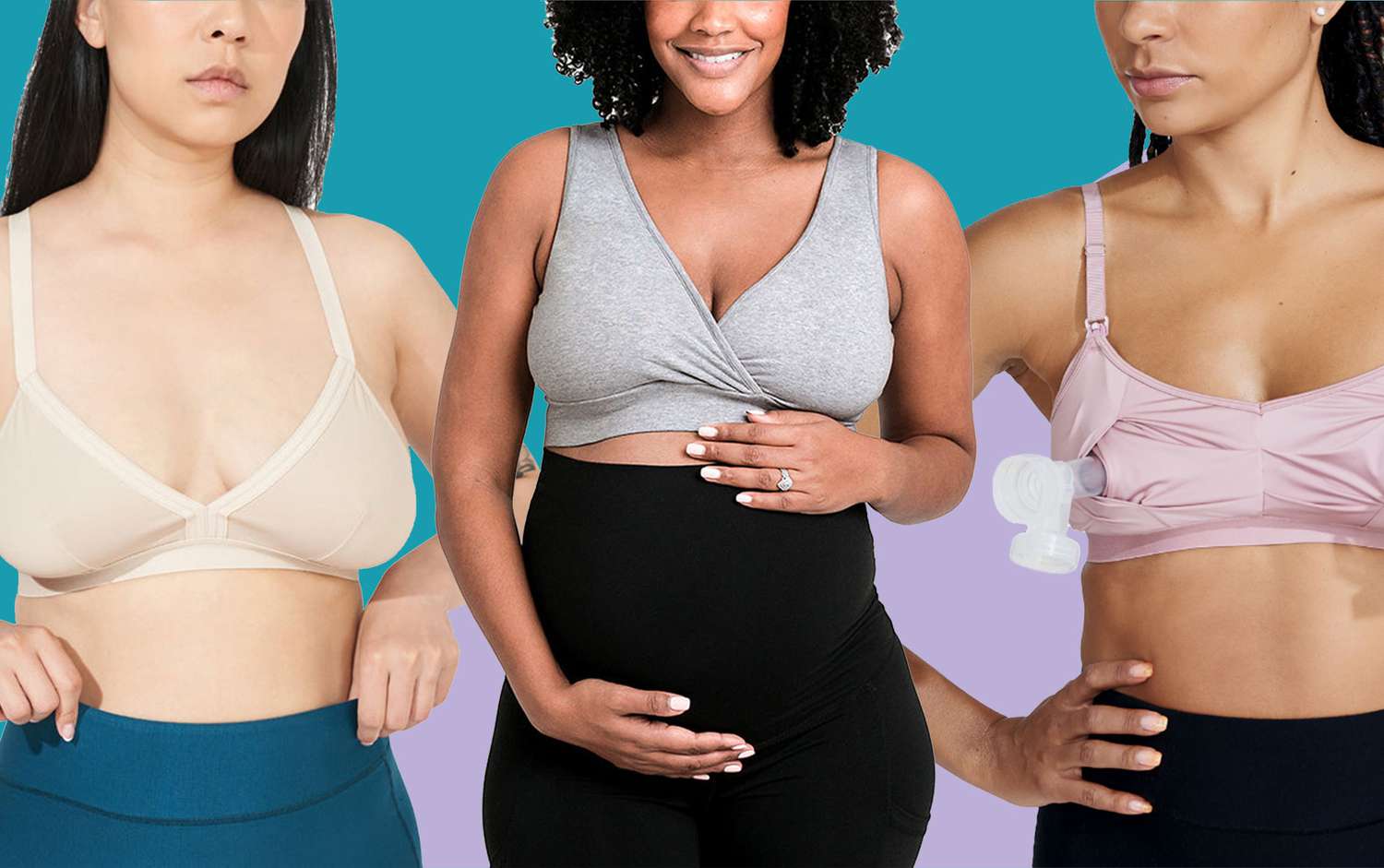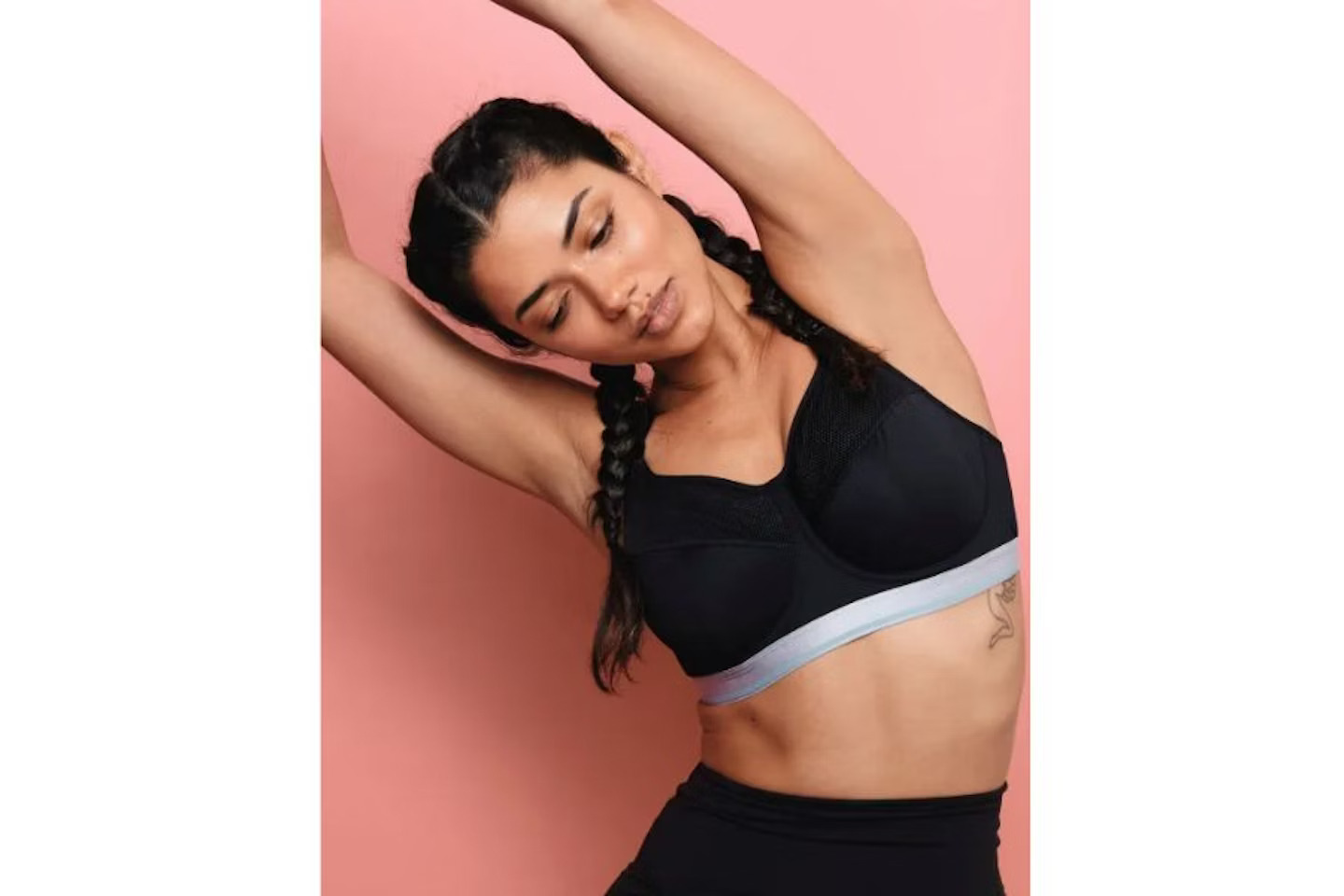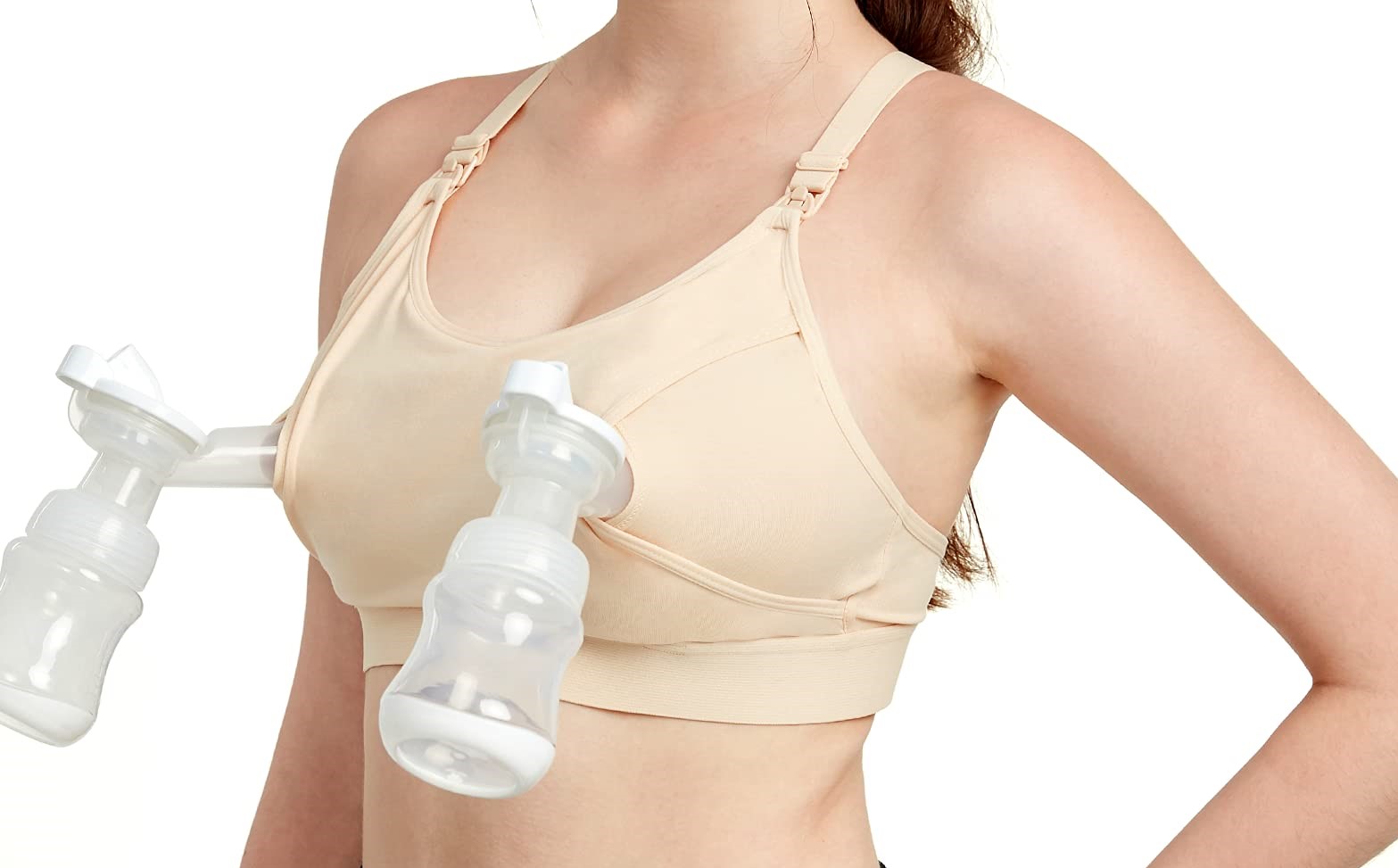Home>Women's Underwear>Bras>How To Measure For Nursing Bra
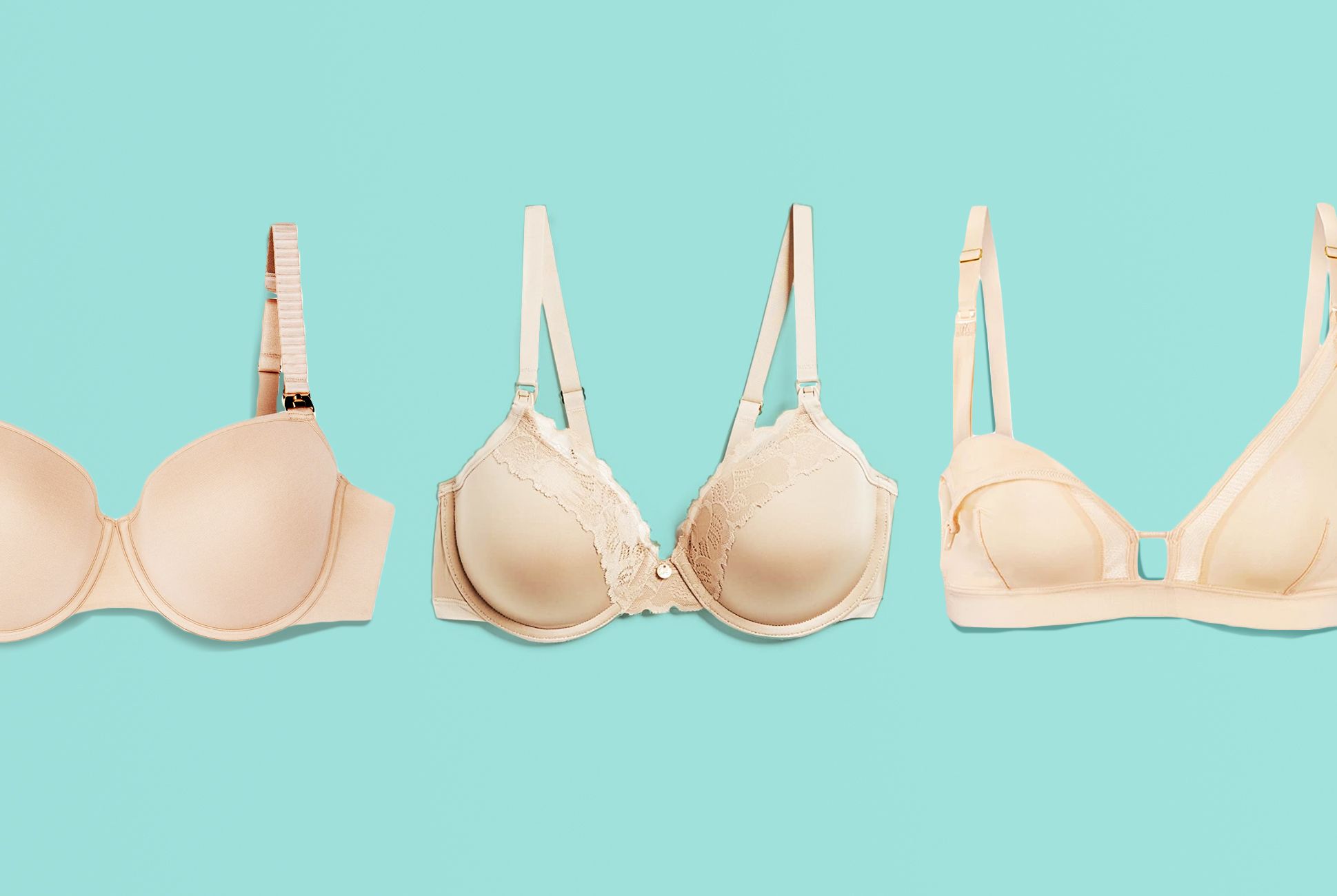

Bras
How To Measure For Nursing Bra
Modified: August 2, 2023
Learn how to measure for nursing bras to ensure the perfect fit. Discover tips and tricks for finding the right size for maximum comfort and support.
(Many of the links in this article redirect to a specific reviewed product. Your purchase of these products through affiliate links helps to generate commission for Under-tec.com, at no extra cost. Learn more)
Table of Contents
- Introduction
- Understanding the Importance of Measuring for a Nursing Bra
- The Key Measurements for a Nursing Bra
- Step-by-Step Guide on How to Measure for a Nursing Bra
- Helpful Tips for Accurate Measurements
- Common Mistakes to Avoid When Measuring for a Nursing Bra
- Finding the Right Size and Style of Nursing Bra
- Conclusion
Introduction
When it comes to breastfeeding, comfort and support are two essential factors to consider. A well-fitting nursing bra not only provides the necessary support for your changing breasts but also makes breastfeeding easier and more convenient. However, finding the right nursing bra can be a challenge, as every woman’s body is unique and undergoes distinct changes during pregnancy and postpartum.
One of the key steps to ensuring a comfortable fit is to accurately measure yourself for a nursing bra. While it may sound simple enough, many women make the mistake of relying on their pre-pregnancy bra size or guesswork, which often leads to discomfort, inadequate support, and a less-than-optimal nursing experience.
In this article, we will guide you through the process of measuring for a nursing bra, providing step-by-step instructions and helpful tips to ensure accurate measurements. We will also highlight common mistakes to avoid, as well as provide guidance on finding the right size and style of nursing bra that suits your individual needs.
Whether you are a first-time mom-to-be or have experienced the joys of breastfeeding before, understanding how to measure for a nursing bra is crucial for your comfort and well-being. So, grab a measuring tape, take a deep breath, and let’s dive into the world of nursing bra measurements.
Understanding the Importance of Measuring for a Nursing Bra
Measuring for a nursing bra is not just a mundane task; it plays a vital role in ensuring your comfort and breastfeeding success. Here’s why accurately measuring for a nursing bra is so important:
- Proper Support: During pregnancy and postpartum, your breasts experience significant changes in size and shape. A well-fitted nursing bra provides the necessary support to prevent sagging, discomfort, and potential damage to breast tissue.
- Enhanced Comfort: Wearing a nursing bra that fits correctly will help alleviate any discomfort or pain associated with a tight or ill-fitting bra. It allows for easy movement, prevents chafing, and promotes better blood circulation.
- Easy Access for Breastfeeding: Nursing bras are designed with features such as drop-down cups or front openings to provide convenient access for breastfeeding. Accurate measurements ensure that the cups open easily, allowing for a hassle-free nursing experience.
- Optimal Milk Flow: A poorly fitting bra may compress the milk ducts, impeding the flow of milk and potentially leading to blocked ducts or mastitis. By measuring correctly, you can ensure that your bra supports the natural flow of milk without any restriction.
- Long-Term Use: Investing in a nursing bra that fits well will allow for adjustments as your body changes during pregnancy and postpartum. An accurately measured bra can be worn throughout your breastfeeding journey, providing comfort and support.
With these factors in mind, it’s clear that measuring for a nursing bra goes beyond just finding the right size. It directly impacts your comfort, convenience, and overall breastfeeding experience. Spending a little time to measure yourself accurately can save you from the frustration and discomfort of wearing the wrong bra size.
The Key Measurements for a Nursing Bra
When it comes to measuring for a nursing bra, there are a few key measurements you need to be aware of. These measurements will help you determine the right size and provide optimal comfort and support. Here are the key measurements to consider:
- Band Size: The band size is the measurement around your ribcage, just below your breasts. Use a flexible measuring tape to measure this area. Make sure the tape is snug but not too tight. Round the measurement to the nearest whole number. This measurement will help determine your band size, such as 32, 34, 36, etc.
- Cup Size: The cup size is determined by the difference between your band size and your bust size. Subtract your band size measurement from your bust size measurement. Each inch represents a cup size. For example, if the difference is 1 inch, you would be an A cup, 2 inches would be a B cup, and so on.
- Overbust Measurement: The overbust measurement is the fullest part of your bust. This measurement will help you determine if you need a larger cup size or if the cup size you calculated based on the band and bust difference is accurate.
- Underbust Measurement: The underbust measurement is taken just below your breasts, where the band of the bra sits. This measurement will help determine the appropriate band size.
It’s important to note that these measurements are a starting point for finding the right nursing bra size. Each brand and style may have slight variations, so it’s always a good idea to consult the sizing guide provided by the manufacturer for the specific bra you are interested in.
By understanding and accurately measuring these key areas, you will have a solid foundation for finding a nursing bra that fits well and provides the necessary support for your changing breasts.
Step-by-Step Guide on How to Measure for a Nursing Bra
Measuring for a nursing bra may seem intimidating at first, but with a step-by-step approach, you can measure accurately and confidently. Follow these steps to measure for a nursing bra:
- Get a Flexible Measuring Tape: Ensure you have a soft, non-stretchable measuring tape on hand. This will provide the most accurate measurements.
- Measure Your Band Size: Start by measuring around your ribcage, just below your breasts. Keep the tape snug, but not too tight or too loose. Round the measurement to the nearest whole number. This measurement will give you your band size.
- Determine Your Cup Size: Measure around the fullest part of your bust, keeping the measuring tape parallel to the ground. Subtract your band size measurement from your bust size measurement to calculate the difference. Each inch of difference represents a cup size. Refer to a sizing chart to determine your cup size based on the calculated difference.
- Take the Overbust Measurement: Measure around the fullest part of your bust once again, but this time with a nursing bra or a non-padded bra on. This measurement will help you confirm the accuracy of your calculated cup size.
- Measure Your Underbust: Measure just below your breasts, where the band of the bra sits. This measurement will help determine your band size.
- Double-Check Your Measurements: It’s always a good idea to measure a second time to ensure accuracy. Compare your measurements to the manufacturer’s sizing chart for the specific nursing bra you are interested in.
- Consider Changing Measurements: Keep in mind that your measurements may change throughout your pregnancy and breastfeeding journey. It’s essential to measure yourself periodically to ensure a proper and comfortable fit.
Remember, the measurements mentioned above are guidelines, and different brands may have slight variations in sizing. Always refer to the manufacturer’s sizing guide before making a purchase decision.
By following this step-by-step guide, you will be well-equipped to measure for a nursing bra accurately and find the right size for your changing body.
Helpful Tips for Accurate Measurements
Measuring for a nursing bra is not only about getting the numbers right but also about ensuring accuracy. To help you achieve the most precise measurements possible, here are some helpful tips to keep in mind:
- Wear a Well-Fitting Bra: When taking your measurements, wear a comfortable and well-fitting bra, preferably a non-padded or lightly padded one. This will give you a more accurate representation of your bust size.
- Measure at the Right Time: It’s best to measure for a nursing bra during the second trimester of pregnancy or around eight weeks after giving birth. This allows your breasts to settle into their postpartum size, giving you a more accurate measurement.
- Measure When Your Breasts Are Relaxed: Avoid measuring immediately after nursing or pumping, as this can result in a temporarily larger breast size. Wait at least an hour after feeding or pumping to allow your breasts to return to their natural, relaxed state.
- Have Someone Assist You: For more accurate measurements, consider having someone help you measure. They can ensure that the measuring tape is level and positioned correctly, giving you precise readings.
- Take Multiple Measurements: Take multiple measurements of each area (band size, bust size, etc.) to ensure consistency and accuracy. Recording the average of these measurements can provide a more reliable result.
- Stand Straight and Breathe Normally: Stand up straight, relax your shoulders, and breathe naturally when taking your measurements. This posture will give you a more accurate representation of your body’s size and shape.
- Refer to the Sizing Guide: Always consult the sizing guide provided by the manufacturer for the specific nursing bra you are considering. Different brands may have variations in sizing, so it’s important to follow their guidelines for the best fit.
By following these tips, you will increase the chances of obtaining accurate measurements, leading to a more comfortable and well-fitting nursing bra.
Common Mistakes to Avoid When Measuring for a Nursing Bra
While measuring for a nursing bra may seem straightforward, there are some common mistakes that many women make. By being aware of these mistakes, you can avoid them and ensure more accurate measurements. Here are some common mistakes to avoid:
- Using Your Pre-Pregnancy Bra Size: Your body undergoes significant changes during pregnancy and postpartum, including fluctuations in breast size. Relying on your pre-pregnancy bra size may lead to an ill-fitting nursing bra. Always measure yourself using the steps outlined in this guide.
- Guesstimating Your Bra Size: Guessing your bra size can lead to sizing errors, resulting in discomfort and inadequate support. It’s essential to take accurate measurements to determine your correct size.
- Measuring Over a Thick Layer of Clothing: To ensure accuracy, always take your measurements over a thin layer of clothing or directly on your skin. Measuring over thick or padded clothing can add extra inches, resulting in an incorrect bra size.
- Pulling the Measuring Tape Too Tightly or Loosely: Pulling the measuring tape too tightly or too loosely can affect the accuracy of your measurements. Ensure that the tape is snug but not constricting or loose to obtain precise measurements.
- Overlooking Changes in Breast Shape: Breast shape can change throughout pregnancy and breastfeeding. Neglecting to consider your breast’s fullness, projection, or asymmetry when measuring for a nursing bra can result in an ill-fitting bra.
- Not Considering Future Size Changes: Your breast size may continue to fluctuate during your breastfeeding journey. It’s crucial to choose a nursing bra that accommodates these changes. Consider bras with adjustable features like multiple hook-and-eye closures or stretchy fabric to accommodate future fluctuations.
- Ignoring the Importance of Underbust Size: The underbust measurement is as important as the band size in determining a comfortable fit. Ignoring this measurement can result in a bra that rides up or feels too tight around the ribcage.
By avoiding these common mistakes, you can ensure more accurate measurements and find a nursing bra that provides optimal comfort, support, and convenience throughout your breastfeeding journey.
Finding the Right Size and Style of Nursing Bra
Once you have measured yourself accurately, the next step is to find the right size and style of nursing bra that suits your needs. Here are some factors to consider:
- Size Accuracy: Using your measurements, refer to the sizing chart provided by the manufacturer of the nursing bra you are interested in. Ensure that the bra size you choose aligns with your measurements for the best fit.
- Adjustable Features: Look for nursing bras with adjustable features such as multiple closure hooks, adjustable straps, and stretchy fabric. These features allow for more flexibility, ensuring a comfortable fit as your body continues to change.
- Support and Comfort: Consider the level of support and comfort offered by the nursing bra. Look for features like wide and adjustable straps, supportive underwire or wireless options, and a supportive band that sits snugly around your ribcage.
- Convenience for Nursing: Nursing bras come in various styles, including drop-down cups, front-opening clasps, or pull-aside cups. Choose a style that is convenient and easy for you to breastfeed or pump while providing adequate coverage and support.
- Material and Breathability: Opt for nursing bras made from breathable and moisture-wicking materials. These fabrics help prevent discomfort and irritation, especially during the early days of breastfeeding when leaking is common.
- Style and Design: While functionality is essential, don’t forget about style! Choose a nursing bra that makes you feel confident and comfortable. There are various styles available, including seamless bras, sports bras, and lace-trimmed options.
- Consider Your Lifestyle: Take into consideration your lifestyle and specific needs. If you are active, look for nursing bras with additional support for exercise. If you prefer discreet nursing, consider bras with removable padding or molded cups for a smooth silhouette.
It’s worth trying on multiple nursing bras to find the right fit and style for you. Remember, your bust size and shape may change throughout your breastfeeding journey, so it’s a good idea to reassess your bra size periodically.
Finding the right size and style of nursing bra will ensure your comfort, support, and convenience while breastfeeding, allowing you to focus on bonding with your baby.
Conclusion
Measuring for a nursing bra is a crucial step in ensuring your comfort, support, and convenience during your breastfeeding journey. By accurately measuring key areas such as band size, cup size, and underbust measurement, you can find a nursing bra that fits well and provides optimal support for your changing breasts.
Understanding the importance of accurate measurements and avoiding common mistakes will help you obtain the most precise results. Remember to refer to the manufacturer’s sizing guide, consider adjustable features, and prioritize support and comfort when choosing a nursing bra.
Keep in mind that your breast size and shape may change during pregnancy, postpartum, and throughout your breastfeeding experience. It’s essential to reassess your measurements periodically and choose nursing bras that can accommodate these changes.
Finding the right size and style of nursing bra is not only about functionality but also about embracing your personal style. Choose a bra that makes you feel confident and comfortable, as it will positively impact your breastfeeding experience.
So, take the time to measure yourself accurately, explore different styles and designs, and invest in nursing bras that support you physically and emotionally. Remember, your comfort and well-being are crucial as you embark on the beautiful journey of motherhood.
